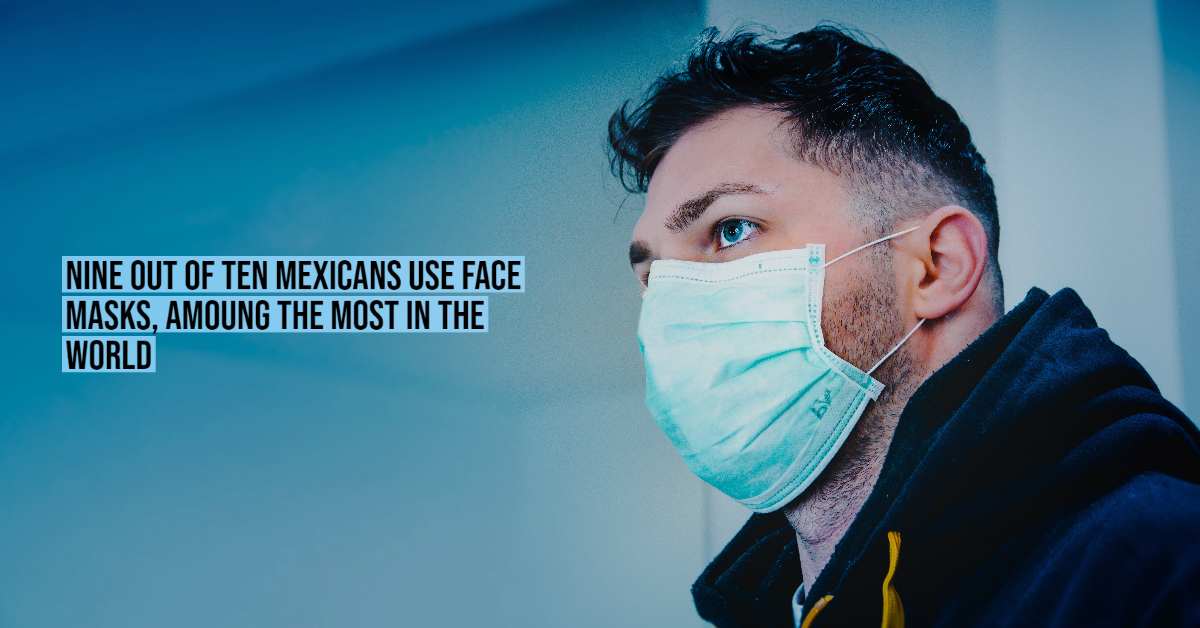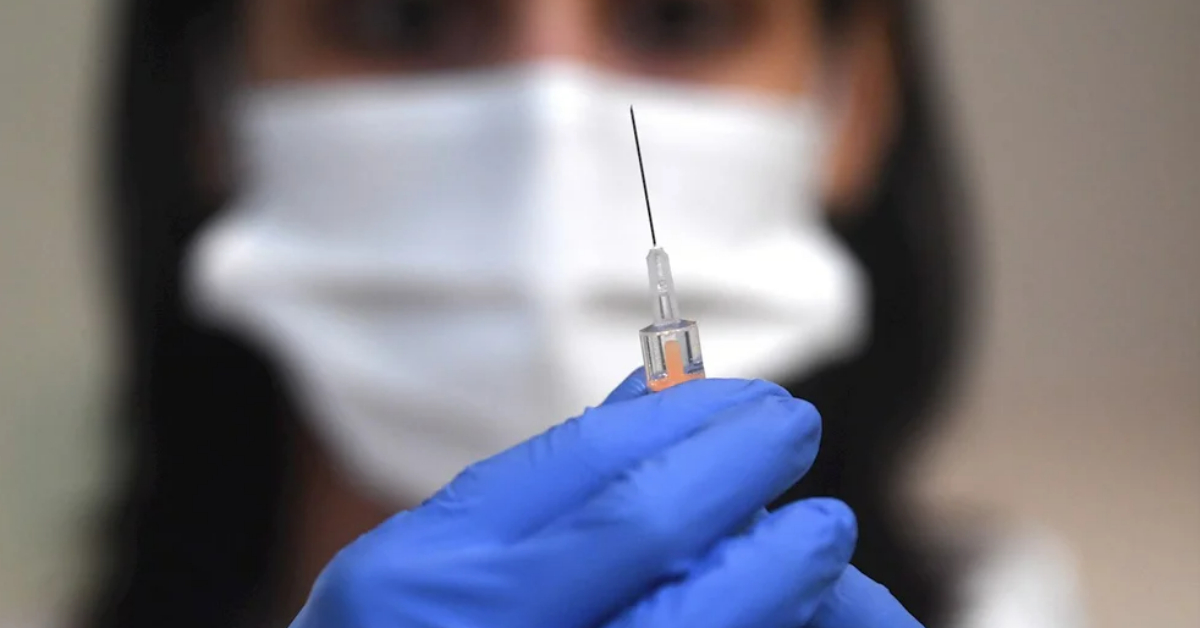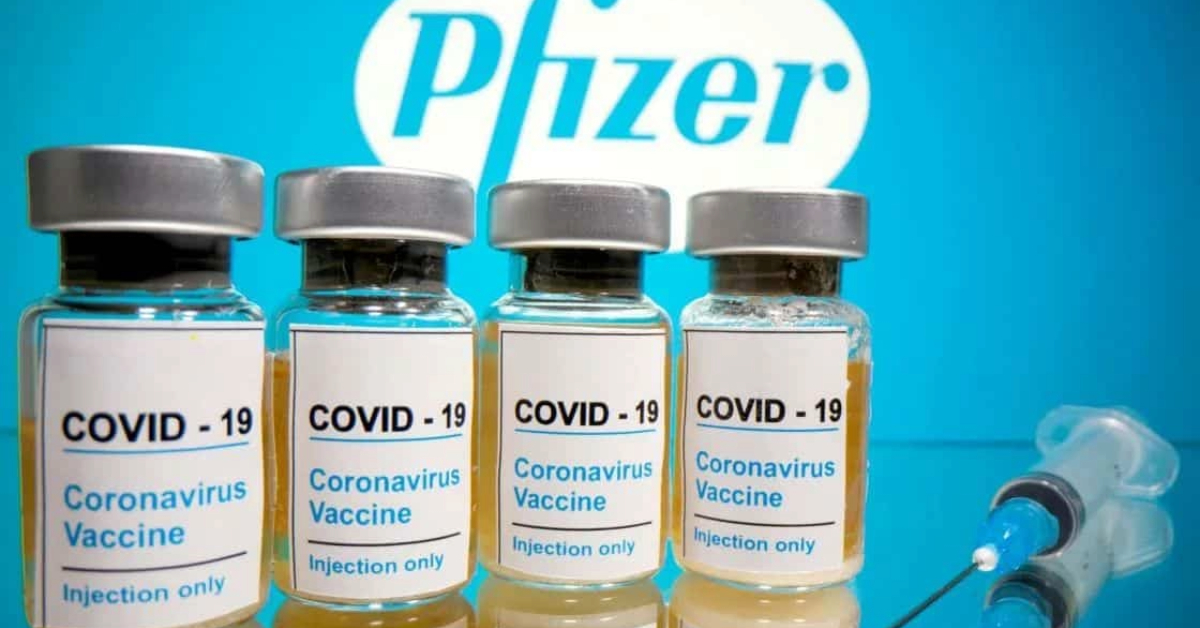Face masks have become a common object during the pandemic. They are seen in supermarkets, restaurants, and public transport. Although using them before the outbreak of the coronavirus meant receiving some strange looks, now they are the norm, especially in urban centers. This ch…







